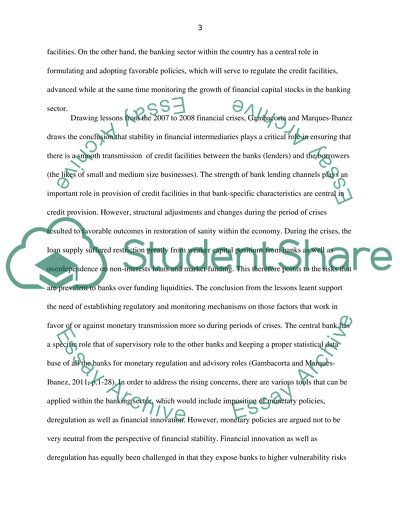Cite this document
(The Federal Reserve in the Early Stages of the Financial Crisis Essay, n.d.)
The Federal Reserve in the Early Stages of the Financial Crisis Essay. Retrieved from https://studentshare.org/finance-accounting/1481933-in-this-country-banks-are-being-urged-to-lend
The Federal Reserve in the Early Stages of the Financial Crisis Essay. Retrieved from https://studentshare.org/finance-accounting/1481933-in-this-country-banks-are-being-urged-to-lend
(The Federal Reserve in the Early Stages of the Financial Crisis Essay)
The Federal Reserve in the Early Stages of the Financial Crisis Essay. https://studentshare.org/finance-accounting/1481933-in-this-country-banks-are-being-urged-to-lend.
The Federal Reserve in the Early Stages of the Financial Crisis Essay. https://studentshare.org/finance-accounting/1481933-in-this-country-banks-are-being-urged-to-lend.
“The Federal Reserve in the Early Stages of the Financial Crisis Essay”, n.d. https://studentshare.org/finance-accounting/1481933-in-this-country-banks-are-being-urged-to-lend.


